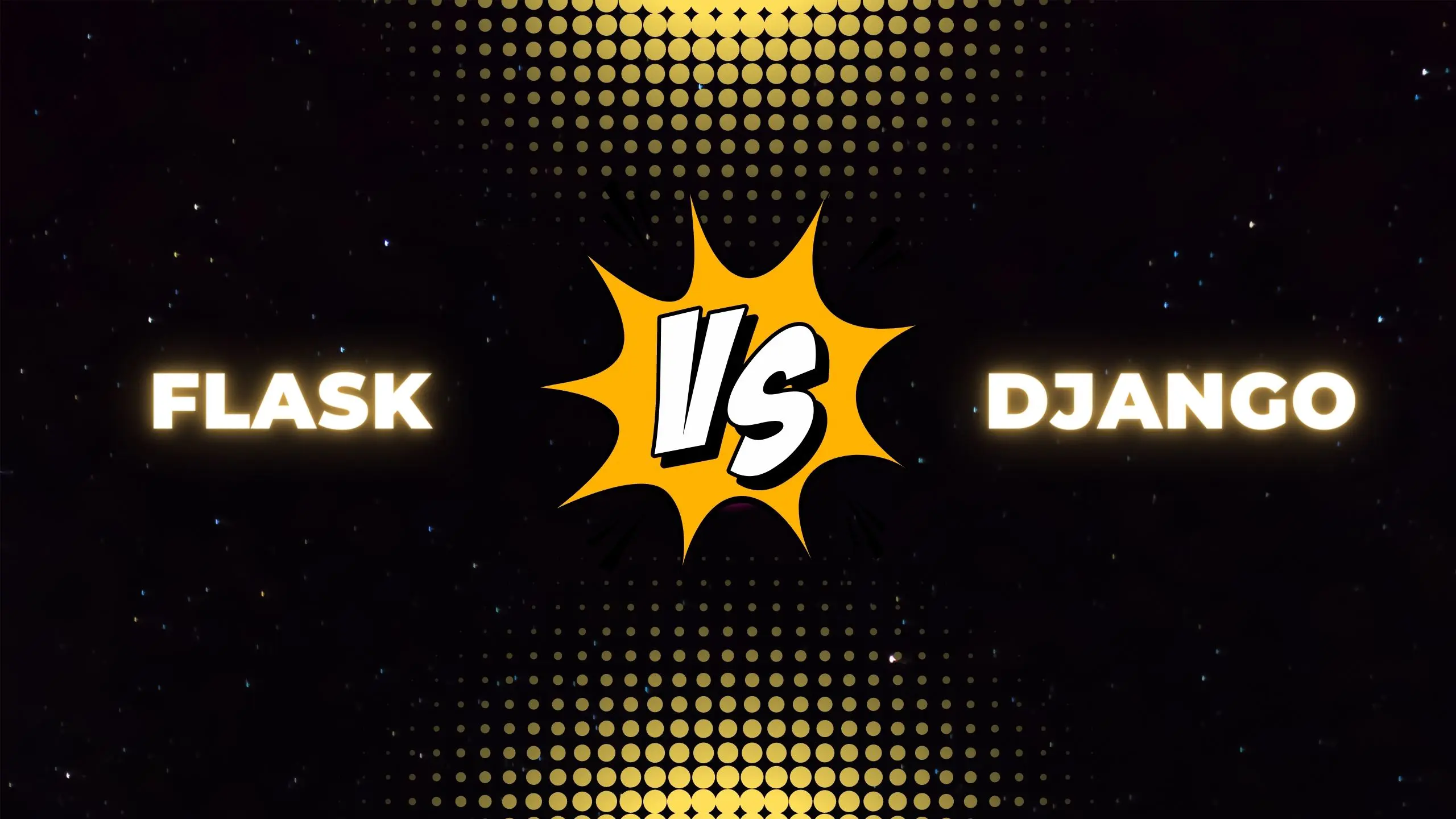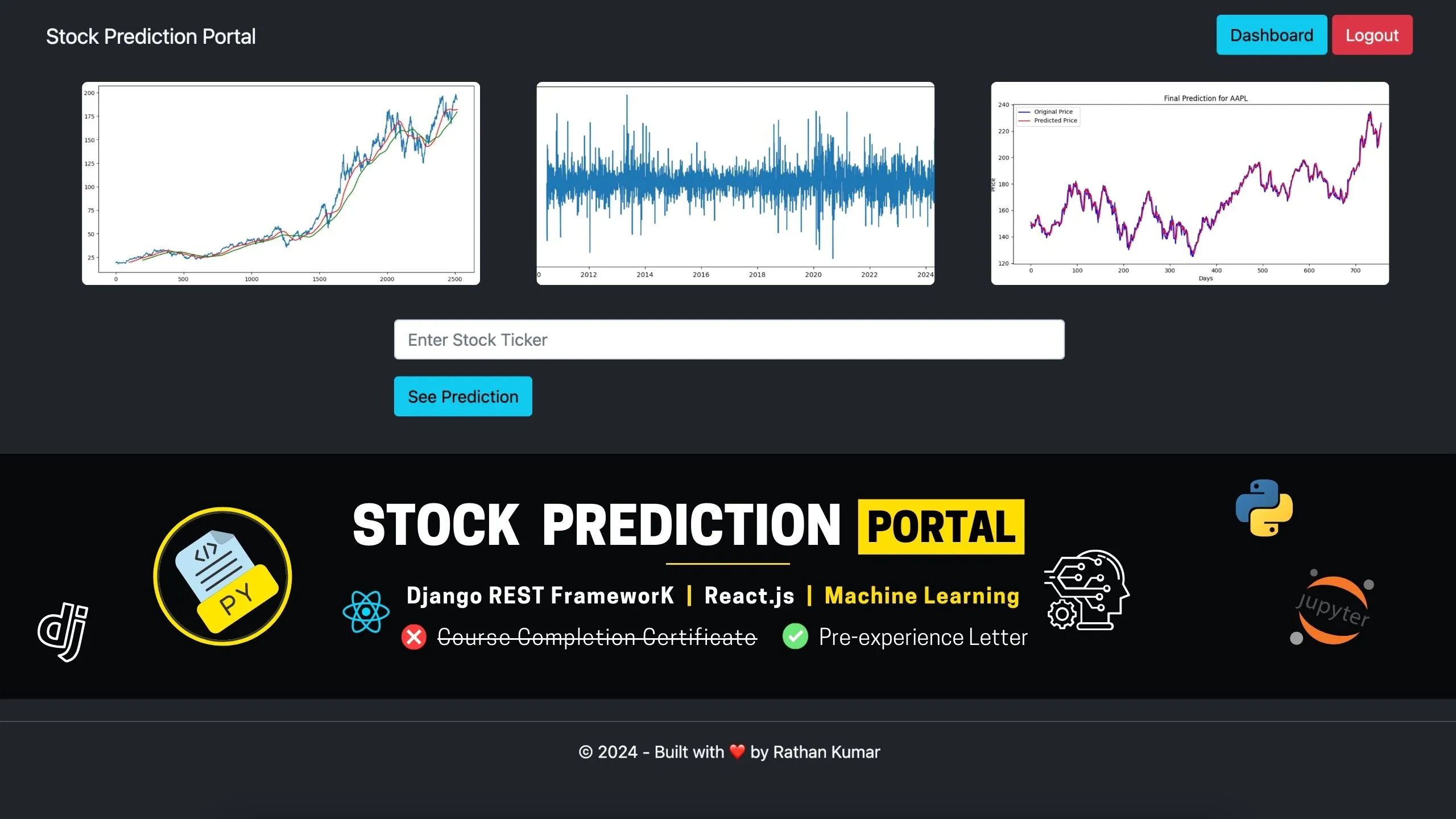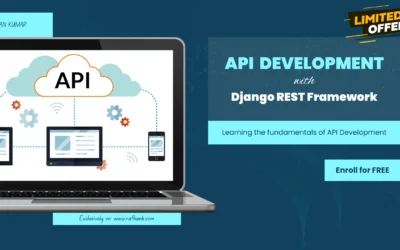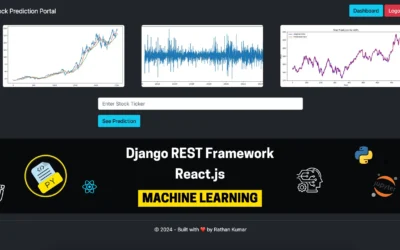Introduction – Flask vs Django Framework:
When it comes to choosing a Python web framework, two popular options are Django and Flask. While both frameworks have their strengths and use cases, there are some key differences that developers should consider. In this post, we will explore the differences between Django and Flask and discuss why you might choose Django over Flask for your web development projects.
1. Micro vs “Batteries-Included” Framework:
- Flask is a lightweight, microframework that provides only basic functionality such as URL routing, templates, cookies, and a development server. It follows a minimalist approach, allowing developers to choose and add the components they need for their specific project.
- Django, on the other hand, is a full-featured “batteries-included” framework that comes with almost every feature a website will need out of the box. It includes features like database connections, security, forms, and a powerful user admin. Django aims to provide a complete solution for web development, reducing the need for developers to search for and integrate external libraries.
2. Development Flexibility:
- Flask provides fine-grained control and allows developers to decide how they want to implement things. It has no restrictions and allows the use of external libraries and add-ons as needed. This flexibility makes it a popular choice for developers who want more control over the components they use, such as databases and third-party tools.
- Django, on the other hand, comes with its own set of modules and built-in features, providing a more opinionated approach and limiting the flexibility to experiment and control. While this may restrict some flexibility, it also ensures a consistent and standardized development experience. Django’s built-in features are designed to work well together, reducing the need for developers to make decisions about which components to use.

3. Learning Curve:
- Flask has a relatively low learning curve. Its simplicity and minimalistic approach make it easier for beginners to grasp and understand. Flask’s documentation is well-organized and beginner-friendly, making it easier to get started with the framework.
- Django has a steeper learning curve due to its extensive functionality and larger codebase. It may take more time to master Django, especially for those new to web development. However, Django’s comprehensive documentation and large community support make it easier to find resources and assistance when learning the framework.
4. Use Cases
- Flask is well-suited for small to medium-sized projects, where simplicity, flexibility, and fine-grained control are desired. It is often used for building APIs, prototypes, or adding web functionality to existing codebases. Flask’s lightweight nature and flexibility make it a popular choice for developers who prefer to have more control over the components they use.
- Django excels in developing large and complex web applications, such as news sites, e-stores, or blogs. Its “batteries-included” approach, robust features, and comprehensive functionality make it an excellent choice for projects that require scalability and maintainability. Django’s built-in features, such as the ORM (Object-Relational Mapping) and the admin interface, make it easier to handle complex database operations and manage content.
Conclusion
Both Django and Flask are popular Python web frameworks with their own strengths and use cases.
Flask provides simplicity, flexibility, and fine-grained control, making it a great choice for small to medium-sized projects where developers want more control over the components they use. It is often used for building APIs, prototypes, or adding web functionality to existing codebases.
Django, on the other hand, offers extensive functionality, a robust ecosystem, and a streamlined development experience. It is well-suited for developing large and complex web applications that require scalability and maintainability. Django’s “batteries-included” approach and comprehensive features make it an excellent choice for projects that need a complete solution out of the box.
When choosing between Django and Flask, consider the scope and complexity of your project, your level of experience, and the specific requirements of your application. Flask is a good fit for those who prefer simplicity, flexibility, and fine-grained control, while Django is ideal for those who prioritize a comprehensive feature set, scalability, and maintainability.
Ultimately, the decision should be based on your development goals and the trade-offs you are willing to make in terms of simplicity, flexibility, and development speed.








